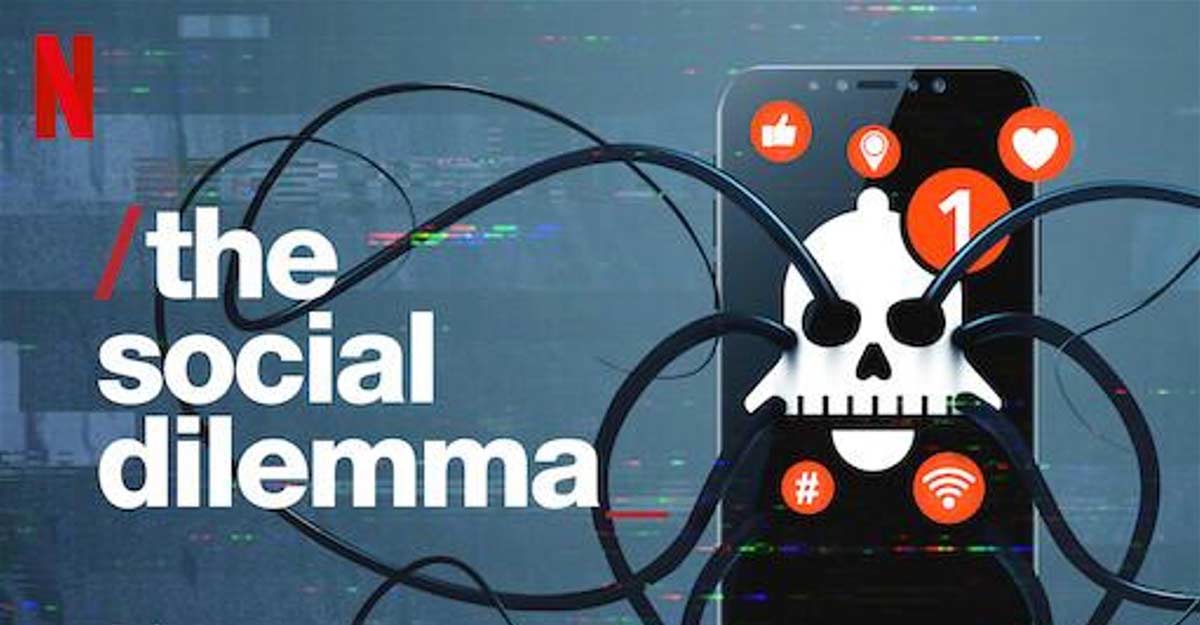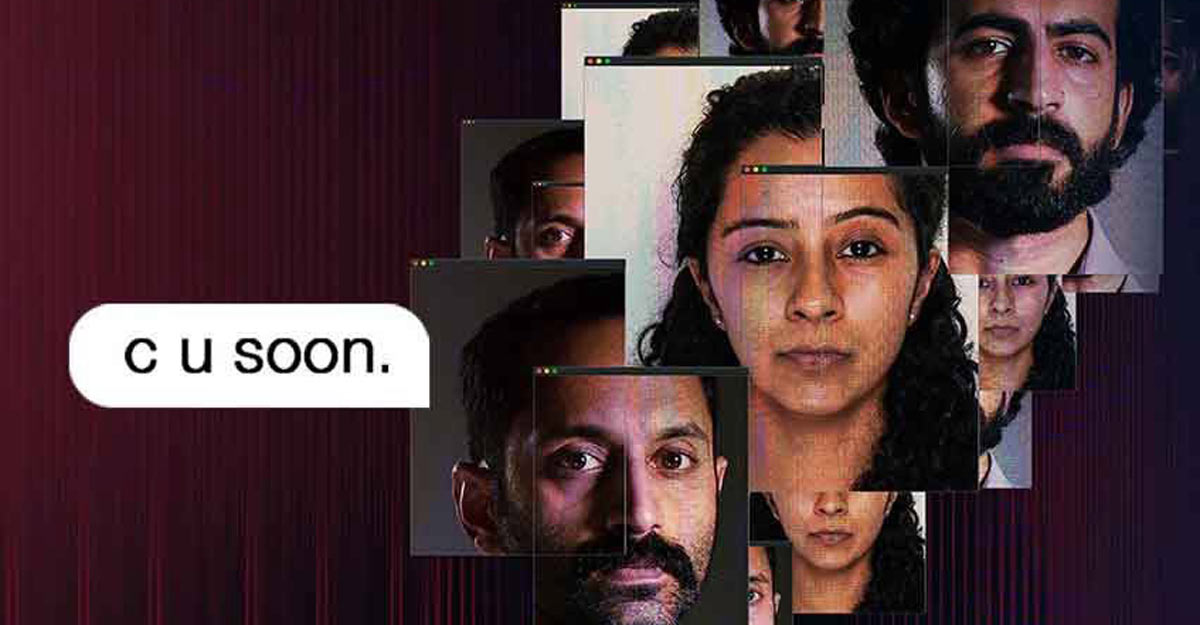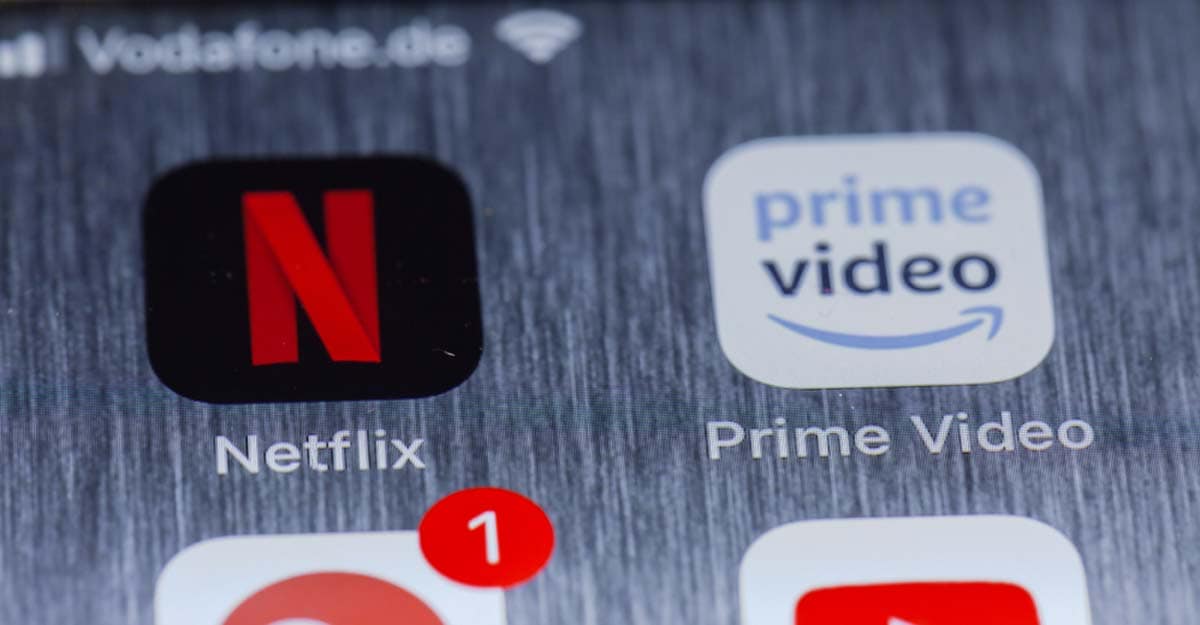God's Own Twenty20: 10 trends that shape the future of entertainment

Mail This Article
For someone who would look back after a few years, the year 2020 wouldn’t require any introduction.
Humanity as a whole learned to live with a deadly pandemic the hard way. The entertainment sector, like the rest of the economy, faced severe setbacks. However, if you look at the positives, it worked around the problem in several different ways and experimented with technology like never before.
Some trends that gathered steam like never before are sure to redefine the way entertainment works in the years to come. We have curated 10 such trends for you.
1. Documentaries are back
Indian audiences were never fans of the documentary format. Documentary filmmakers seldom make it to the mainstream, even if the subject is hot or controversial. Barring the exception of a few politically charged documentaries, very few got international acclaim. Now, the trend has been reversed. Documentaries on issues and people of relevance are getting noticed on streaming platforms like never before. Some of them are as popular as feature films.

The Social Dilemma was one of the most discussed films of the year. A lot of us, who are not otherwise fans of the documentary format, glued on to it as an introspection into our own behaviour. The Netflix documentary-drama had tech experts who created the most popular social networking apps warning people about their own creations. These sites and apps have become monsters that are unstoppable in their level of intrusive personalisation and manipulation.
Bad Boy Billionaires chronicled the rise and fall of India’s billionaires who had an infamous brush with the law authorities in the country. The stories of Subroto Roy, Vijay Mallya, Nirav Modi and Ramalinga Raju were part of the anthology. Ramalinga Raju’s part is yet to see the light of the day due to legal issues.
The fictionalised biographic web series on Harshad Mehta, Scam 1992 – The Harshad Mehta Story became a runaway hit. A feature film on the stock market scamster is getting ready for the release.
2. Movies can be made without big stars
A myth that the year 2020 busted was that only films with superstars or a stellar starcast have value in the market.
Throughout the year, big stars gave OTT releases a miss but instead of affecting the viewership, it helped OTT platforms attract more eyeballs. An audience segment, which otherwise viewed only superstar films or blockbusters, changed their habits to choose films based on content rather than starcast. Barring a handful of stars like Suriya, Keerthi Suresh, Nayanthara and Fahadh Faasil, very few big stars took the OTT route to release their films. What this trend did to aspiring stars is phenomenal though film production was almost completely shut down for a few months.
3. There is a world beyond Hollywood and Bollywood
When the entertainment stage shifted from theaters to OTT, the number of releases per week shrunk to just one or two.
While major Bollywood studios and superstars stayed out of the OTT race to wait it out, the platforms started picking up regional language titles and promoted them across their subscription base.

The first set of OTT releases, including Sufiyum Sujathayum, Ponmagal Vanthaal and Penguin, got unprecedented openings for regional language films. If you look at the recent OTT hits, the domination of regional language films is almost complete. Malayalam, Telugu and Tamil films such as C U Soon, Gatham, Paava Kathaigal, and Soorarai Pottru are top on the OTT charts.
4. Drive-in cinemas are coming up
As theaters remain closed even after nine months, multiplex chains such as PVR, INOX and Carnival are reportedly focussing on the drive-in cinema market, which remains untapped in the country.
The fear of watching a movie in a closed environment is hard to overcome, given the concerns about a second wave of Covid-19 and the delay in the vaccine availability.
Drive-in theaters are likely to come up in Delhi, Maharashtra, Karnataka, Kerala, Andhra Pradesh and Telangana at an investment of Rs.3 crores to Rs. 8 crores. Drive-in theaters are popular in countries like the US and UK, but India has shied away from adopting the model, thanks to the extreme weather conditions in big cities and the tax laws.
5. OTT growth and convergence
Streaming, VoD and OTT platforms had started expanding in the country much before 2020.
One change that happened in 2020, especially after March, was that their subscription base increased multifold. Competition intensified for purchasing streaming rights of latest releases. The big two in the OTT space, Netflix and Amazon Prime vied with each other in acquiring exclusive OTT releasing rights of films.

The increasing OTT subscription base is only part of the story. Your mobile phone, smart TV, IP-based set-top box or Fire TV stick is converging fast into the single device offering all flavours of entertainment content as we speak, be it TV channels, OTT shows and video-on-demand movie releases. Moreover, these apps are tightly linked to social media and personalisation services so that there is complete synergy between all the activities that you do online.
6. Get ready for 5G
When will India upgrade to 5G? The answer is “very soon.”
We already have 5G compatible phones in the market. South Korea became the first country to deploy 5G networks on a large scale in April last year. China has been ramping up its 5G infrastructure and base stations by millions this year.
India may be following its familiar pattern of upgrading to the new standard after equipment prices and the infrastructure stabilise, like it did in the case of 2G, 3G and 4G, but it’s a foregone conclusion that we will soon jump into the bandwagon, thanks to the ever-increasing demand for high-speed streaming.
5G will enhance the mobile streaming quality to ultra high definition (UHD) and satisfy the consumer enthusiasm for immersive media. Deeply engaging, multisensory, digital experiences that use virtual reality (VR) and augmented reality (AR) will further push the boundaries of entertainment on mobile platforms.
7. Augmented and Virtual Reality adoption
AR and VR are inventions that are currently limited to niche segments, such as advertising and marketing.

We will soon see such tech playing a pivotal role in taking popular entertainment to the next level. Mass production of cheapter VR equipment and proliferation of VR software will ensure that we will soon be watching immersive movies at the comfort of our homes. Till then, theaters or experience centers will fill in the gap to work with the social distancing restrictions.
8. Ad-supported and personalised content
Ad-supported and personalised advertising is the next wave in digital marketing. There were controversies about data that comes with the convenience of pitching specific services and advertisements that match an individual’s taste. Streaming platforms and even ticket booking apps personalise listings based on a user’s browsing and viewing history to ensure the right content appears on top.
This approach makes it easy to discover movies and shows of our taste. It also hides quality content that the algorithm does not match with our history or taste. Like it or not, advertising and content selected based on big data is here to stay. What’s more, it will even have the power to determine the success and failure of films.
9. Growth of social video
Most of the social media communication will soon be in video format thanks to the proliferation of faster internet, 4G connectivity and the anticipation of an imminent upgrade to 5G.
Tik-tok was one of the most popular apps across segments when the government banned it in the country. Though none of the other apps filled the space completely, they are betting it big on the sector, thanks to the huge potential market across urban, semi urban and rural India.
10. Social viewing and gaming
Are you yet to try out a Netflix party or a Hotstar party? Try it even if you are among those who hate people chatting and whispering while watching a film in a theatre. Call it social viewing or a virtual house party; it’s fun. Install a simple browser extension and watch a movie with your friends in real-time. Remember a joke or got a comment about a scene? Share it with your friends instantly. Just type it out in the chat window and get responses from the rest of the group.

There is a compelling reason why social gaming is so popular today. Your friends’ network or even social network will have people who are like you in one way or the other. In case of social gaming, you have the chance to anonymously connect with millions or billions of people from across the globe. When online social gaming shifted gear to mobile gaming, the growth rate increased several times higher. A lot of gaming traffic is generated through social media platforms such as Facebook.
(The author is an Onmanorama columnist. Read his weekly column on films Dress Circle here)

